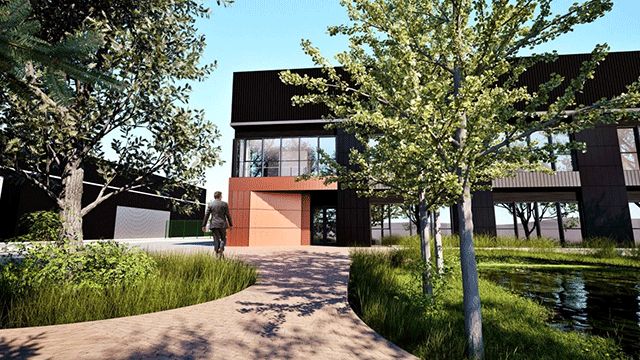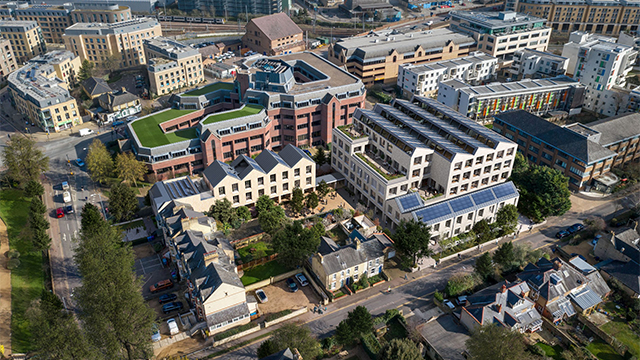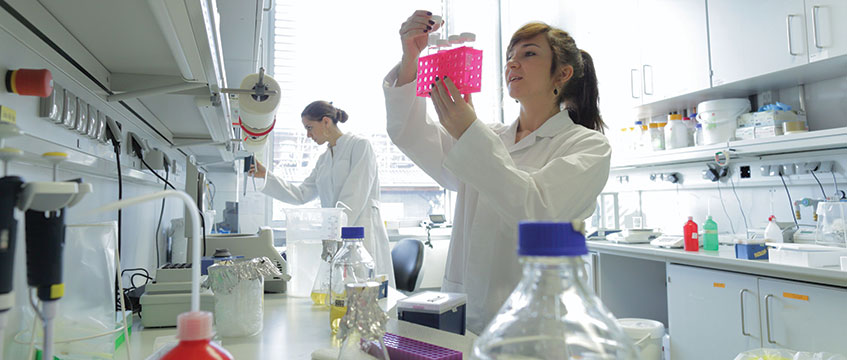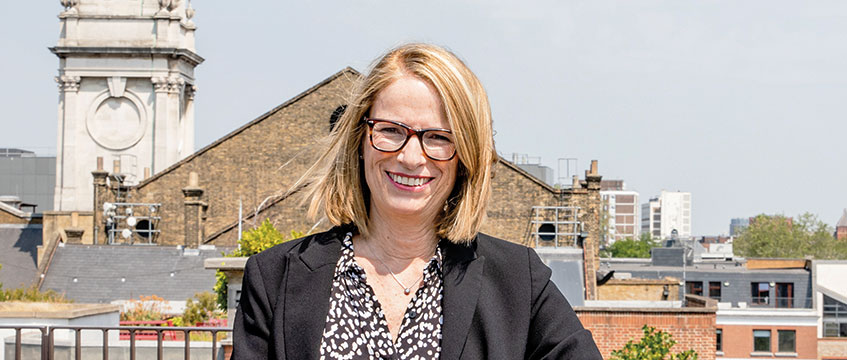EDITOR’S COMMENT While there may be no official “leader page” in EG this week as our printed and digital page-turner editions take a small Easter break, I’m not one to pass up the opportunity to talk about some of the interesting things going on in the sector.
This week, my attention is drawn to the life sciences sector. A sector thrown into the spotlight in the UK due to our swift work on finding a coronavirus vaccine and a sector that is fast becoming one of the hottest new real estate investment classes.
Money is pouring into the life sciences sector. This week’s announcement that gene sequencing company Oxford Nanopore was seeking a London Stock Exchange listing with a valuation of more than £2bn lifted the markets; while government’s partnership with Abu Dhabi’s Mubadala Investment Company to create a £1bn life sciences investment programme shows just how important the UK’s science and tech expertise is on a global platform.
But with such a rise in investment and the huge steps forward in innovation the pandemic has brought about, could the UK’s greatest scientists be left scrabbling around for lab space?
That is certainly the case at the moment and why, if you’re a life sciences landlord, you are commanding much healthier rents than some of your office-owning competitors.
A recent study from Savills shows that in Boston – the US city, not the Lincolnshire town – lab rents are more than 50% higher than office rents, while in Cambridge (ours) and Oxford (also ours), rents are around 15% to 19% higher for labs than office space. And that premium is being driven by demand massively outstripping supply.
Real estate is readying to come to the rescue of UK science, however, as a look back over the first three months of this year, through EG stories alone, shows more than 2.2m sq ft of fresh life science space in planning. And not just in Cambridge and Oxford. Leeds, Liverpool and London are also seeking to get in on the action.
This uptick in activity in this growing and vitally important sector reminds me how fleet of foot and how responsive the real estate industry can be. While much of that 2.2m sq ft-plus of planned lab space was always going to be lab space, we are seeing schemes and existing assets being pivoted to the sector.
In Leeds, developer CEG had got consent for an office scheme to replace the former Kays catalogue headquarters, but resubmitted plans just weeks after getting the nod so it could turn the Drapers Yard scheme into a specialist HQ and clinic for global diagnostics and drug development company Labcorp.
Elsewhere, shopping centre owners are following in the footsteps of Lothbury Investment Management and repurposing “unsustainable” retail assets as lab space.
It is this kind of action that brings me, time and time again, to my much-overused line about the true value of real estate, its true worth to this country and its progress, not being understood and celebrated enough outside of the property community.
Maybe this time, with science as a partner, its voice will be heard.
To send feedback, e-mail samantha.mcclary@egi.co.uk or tweet @samanthamcclary or @estatesgazette











